This article lists some solutions to fix the “Windows Shell Common DLL has stopped working” error on Windows 11/10. DLL stands for Dynamic Link Libraries and are external parts of applications present in the operating system. If there is a need for the code, the related DLL file is loaded into memory and used. If that fails, the program can stop working.
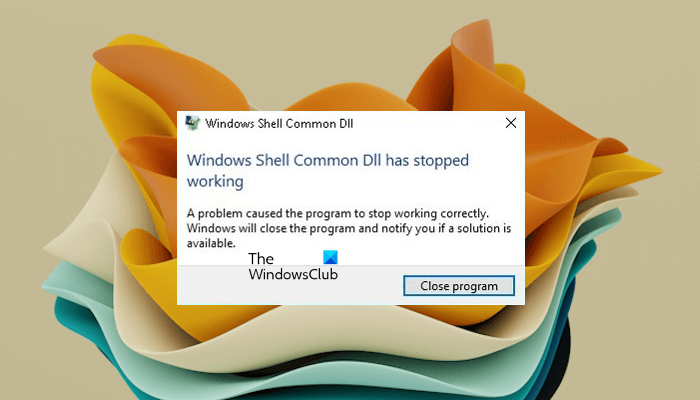
At such times, you may receive the following message while working on programs:
Windows Shell Common Dll has stopped working. A problem caused the program to stop working correctly. Windows will close the program and notify you if a solution is available.
Windows Shell Common DLL has stopped working
When you receive the “Windows Shell Common DLL has stopped working”
error, you have the option of closing the program only. If this occurs frequently, you may need to troubleshoot the issue.
Use the following suggestions to fix this error on your system:
- Update Windows or Download drivers from the manufacturer’s website
- Run the System Maintenance Troubleshooter
- Re-register the shell32.dll file
- Repair your corrupted system image files
- Allow Windows to accept certificates
- Repair or re-install the affected program (if applicable)
- Troubleshoot in a Clean Boot state
Below, we have explained all these fixes in detail.
1] Update Windows or Download drivers from the manufacturer’s website
This issue could well be caused by faulty drivers. Thus, the first step should be to run Windows Update and update the drivers as well.
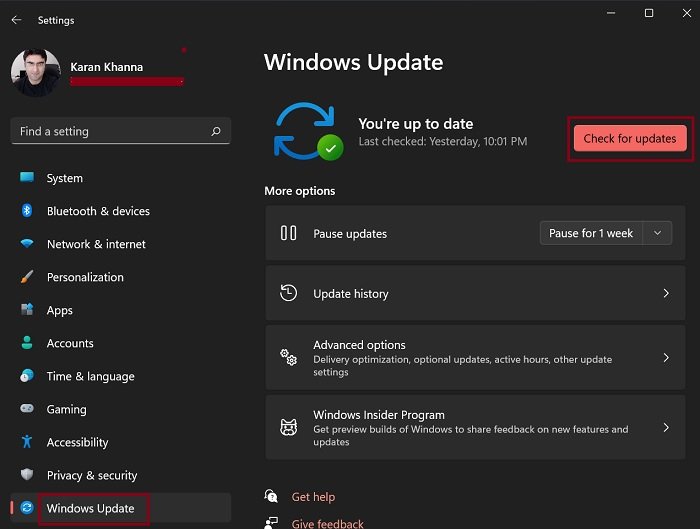
Based on the application that throws up the error when run, we should identify the faulty driver. If the Windows Update didn’t help, the drivers can be downloaded from the manufacturer’s website.
2] Run the System Maintenance Troubleshooter
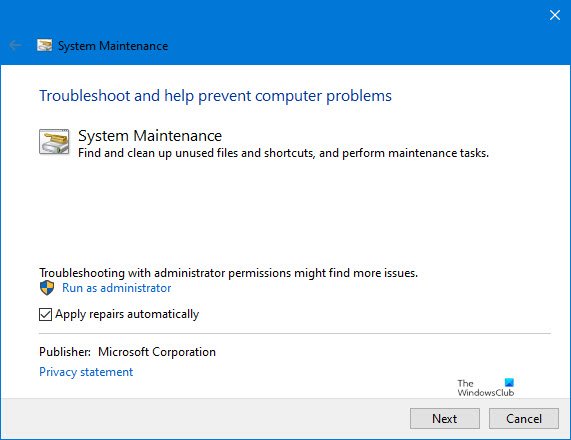
Run the System Maintenance Troubleshooter. It will help fix common issues with Windows.
3] Re-register the shell32.dll file
One way to fix the errors and issues associated with the DLL files is to re-register the DLL files. We suggest you re-register the shell32.dll file and see if it helps.
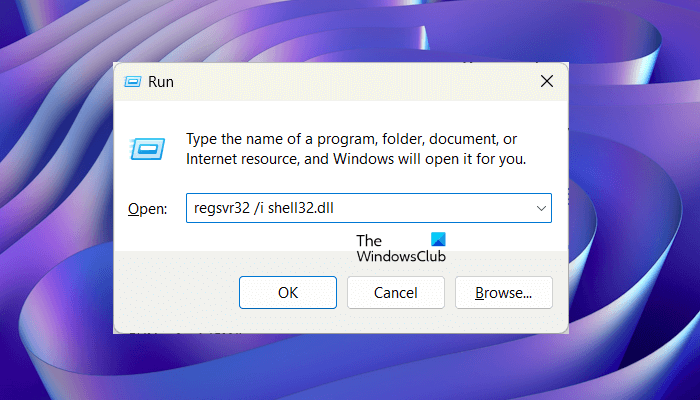
Press Win + R and open the Run window. Copy-paste the following command in the Run window and press Enter:
regsvr32 /i shell32.dll
4] Repair your corrupted system image files
The corrupted system image files cause multiple issues on a Windows computer. This can be one possible cause of this error. We suggest you repair your corrupted system image files with the help of a built-in utility, System File Checker, and see if it helps.
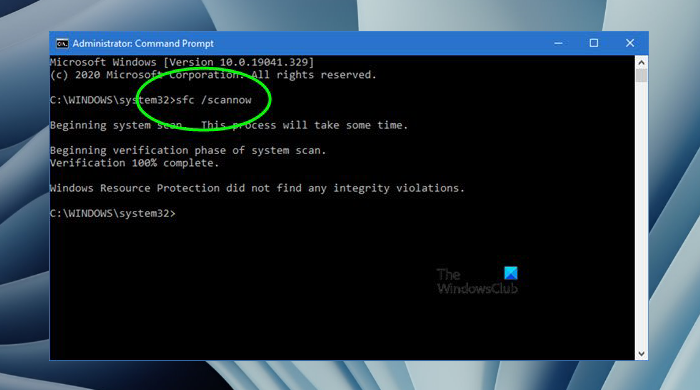
The SFC scan checks and restores corrupt Windows files. It might help resolve the issue if it the system file has become corrupted.
5] Allow Windows to accept certificates
Often, Windows is configured to block certificates. Now since Windows needs these certificates to verify the identity of the drivers, it becomes difficult to verify the drivers, even when installed correctly. To correct this, use the following procedure:
Open Windows PowerShell as Administrator and run the following command:
Set-ExecutionPolicy -ExecutionPolicy Unrestricted -Scope CurrentUser

Wait for the command to execute and restart the system.
6] Repair or re-install the affected program (if applicable)
The corrupt installation of a program can also trigger this error. A program installation is corrupted when you terminate it before it is completed successfully.
If you get this error for a specific software or program, it should be repaired or re-installed.
Go to the Control Panel and select Programs and Files. Right-click on your program and repair or uninstall it. If uninstalled, please reinstall the program after restarting the system.
7] Troubleshoot in a Clean Boot state

You could reboot the system in Clean Boot State. It would help diagnose and troubleshoot advanced window problems. After starting your computer in a Clean boot state, launch the affected program and see what happens. If the error does not occur this time, another third-party program is conflicting with that program and triggering this error. Now, you need to find that culprit.
Usually, the steps mentioned above should help resolve the issue. All the best!
How do I manually fix DLL errors?
A single DLL file can be used by many different programs. Therefore, corruption to one DLL file can lead to the malfunction of all those programs that use that particular DLL file. To fix a DLL error manually, you can try some fixes, like repairing your system image files with the help of built-in tools, SFC and DISM, reinstalling the affected program, etc. Some third-party websites offer DLL files for download. We do not recommend downloading DLL files from third-party websites., Instead of doing this, you can copy the DLL file from a healthy computer and then paste it to your computer.
How to fix runtime errors?
The error that occurs at the time of running or executing a program is called a Runtime error. A Runtime error prevents the affected program from running. Causes like a memory leak, corrupted Registry, incomplete program installation, etc. are responsible for the Runtime errors on a Windows computer. To fix a Runtime error, you can try some fixes, like repairing your corrupted system image files, running the affected program in Compatibility Mode, reinstalling the affected program, etc.
Read next: How to fix Missing DLL file errors on Windows.
Leave a Reply